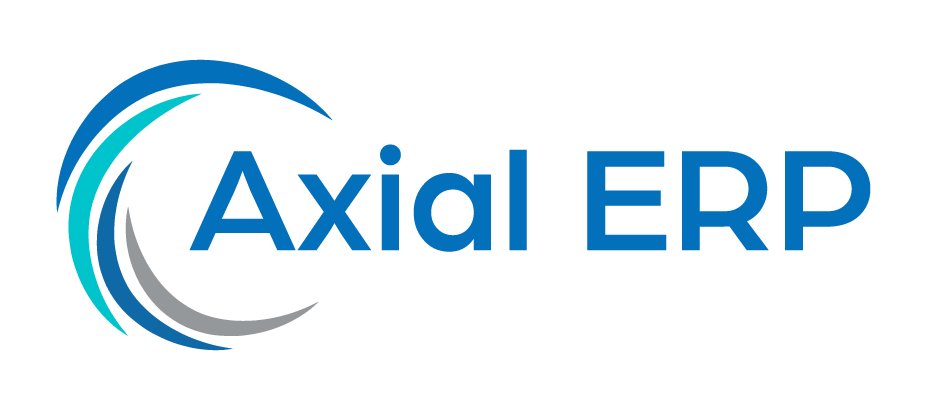Achieving Transparency in Government Operations through Government ERP
Transparency in public management is a fundamental pillar for strengthening democracy and citizens’ trust in their institutions. In this context, government enterprise resource planning (ERP) systems emerge as key tools to modernize public administration, optimize processes, and promote transparency and accountability.
What is a Government ERP?
A government ERP is a software that integrates and automates the main operational and administrative functions of government entities, such as financial management, human resources administration, procurement and contracting management, among others. Its goal is to improve the efficiency and transparency of government operations.
Benefits of Government ERP for Transparency
Centralization of Information: ERPs allow for the centralization of information from different departments, facilitating access and management of real-time data.
Improved Decision Making: The availability of updated and reliable information supports evidence-based decision making.
Reduction of Corruption: Process automation reduces opportunities for corruption by minimizing human intervention in critical processes.
Increased Efficiency: Process optimization leads to a reduction in operational time and costs.
Strengthening of Accountability: Government ERPs facilitate tracking and reporting of management, promoting a culture of responsibility.
Challenges in the Implementation of Government ERPs
Resistance to Change: The implementation of new technologies may face resistance from employees accustomed to traditional processes.
Training Requirements: The proper use of ERPs requires training and continuous updating of personnel.
Implementation Costs: The initial investment in an ERP can be significant, although it is expected to be offset by the efficiencies gained.
Integration with Existing Systems: Compatibility and integration with pre-existing systems can pose a technical challenge.
Conclusions
Government ERPs have the potential to transform public administration, making it more efficient and transparent. However, their implementation must be carefully planned and managed to overcome challenges and maximize benefits. Government transparency not only improves the quality of public services but also reinforces citizens’ trust in their institutions.
References
This analysis has been conducted considering various sources and studies on the implementation of ERP systems in the public sector, as well as the guidelines and recommendations of international organizations on governance and transparency.



